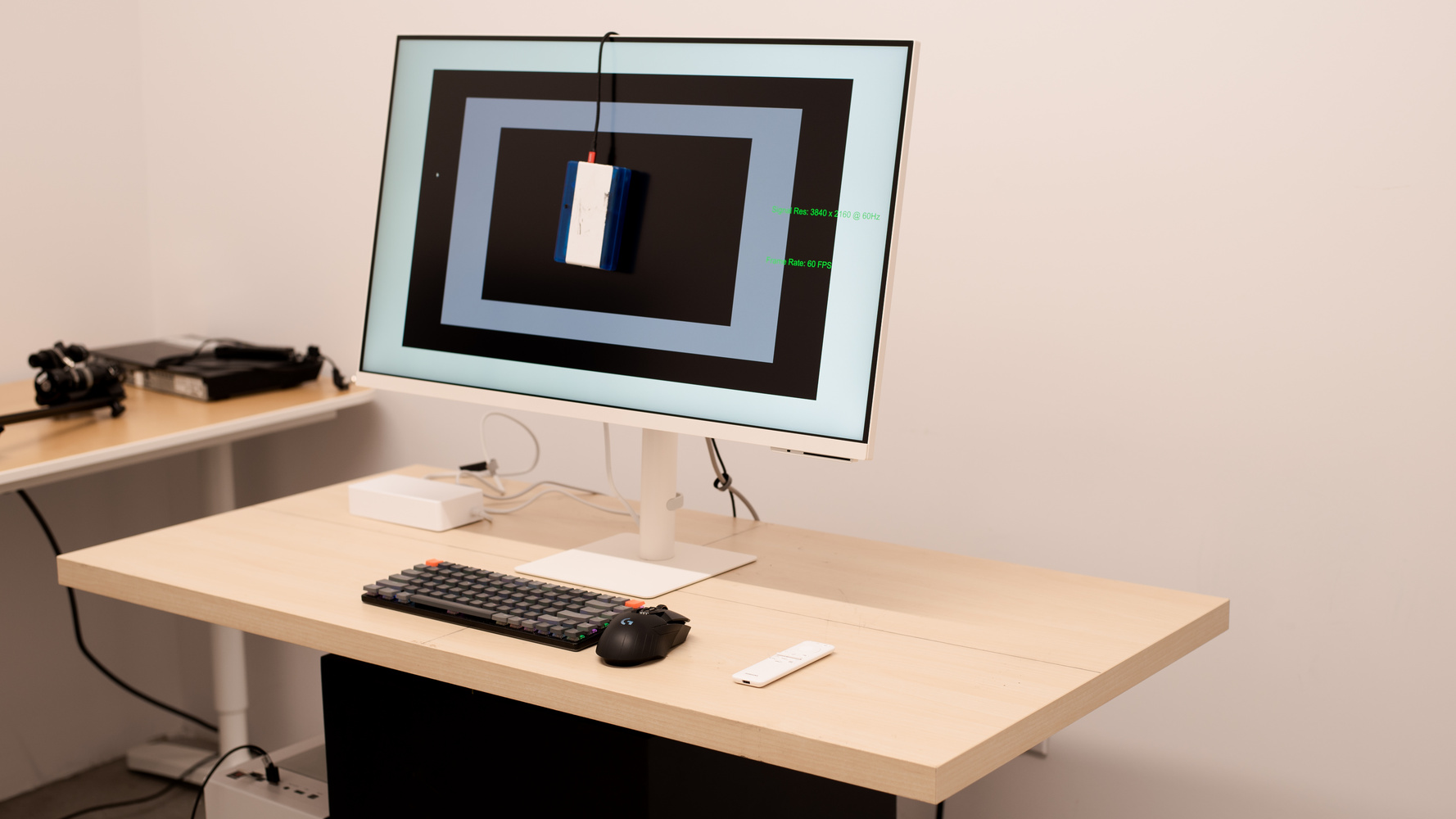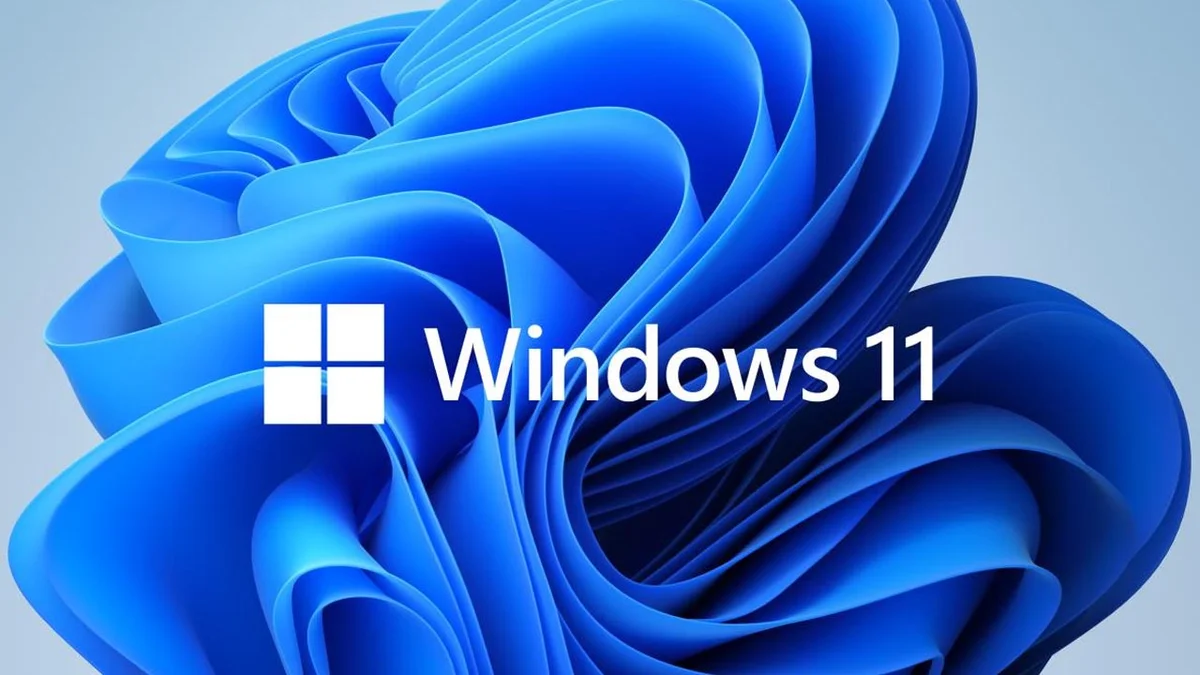The new Asus feature, PCIe Q-Release Slim, is being shown off as part of a flagship motherboard with an AMD X870E chipset.
If you’ve ever struggled with replacing your PC’s graphics card, an upcoming Asus motherboard offers some really welcome news: a new retention mechanism that unlocks the card without the need for an awkwardly placed lever or switch.
The new mechanism is integrated into the Asus ROG Crosshair X870E HERO motherboard, shown off at Asus at the Gamescom show this week in Germany. HotHardware spotted the demonstration, recorded in this der8auer video. This specific board, as the name implies, showcases AMD’s 870E chipset for its Ryzen processors.
What’s great about this new mechanism is just the convenience of it all. Whether you’ve bought a prebuilt PC or built your own, you’re probably aware that the interior of a PC can be chock-full of electrical cables, tubing connecting a watercooler to other components, and so on. Even with some of the latest boards routing cables to the back of the motherboard (including the Asus BTF) it still can be a chore trying to worm your way into the inside of the case.
Graphics cards face an even thornier problem: They’re big and bulky, and have typically required a sturdy yet strangely fragile retention mechanism that can require careful placement. Aside from inserting the CPU and applying the correct amount of paste, removing and re-inserting the graphics card can be one of the more stressful parts of building a PC.
What Asus is apparently calling the PCIe Q-Release Slim works like this: You slot in the graphics card, push it in… and it’s locked. If you try pulling it out from one end, it stays locked in, even when the board is aligned vertically and the card is horizontal. In the video, the card stays locked in when pulled from the right-hand side, near the memory modules. But if you pull it from the left-hand side, the mechanism unlocks and the card slides free. You don’t need to fiddle with a latch, a button, or anything else.
From the video, I can’t tell if there’s any audible or tactile signal that the card is locked in, or how careful you have to be to ensure that the card is properly seated. But the convenience of it all is certainly compelling.
The video also includes some footage of the improvements being made to the M.2 slots as well, with sliders allowing the heatsink and the card to be easily removed, without the need for a retention screw. As Hot Hardware points out, all of these tweaks will benefit reviewers and IT personnel who have to swap out storage and graphics cards frequently for test and upgrade purposes. But these are absolutely innovations which deserve to go mainstream.




